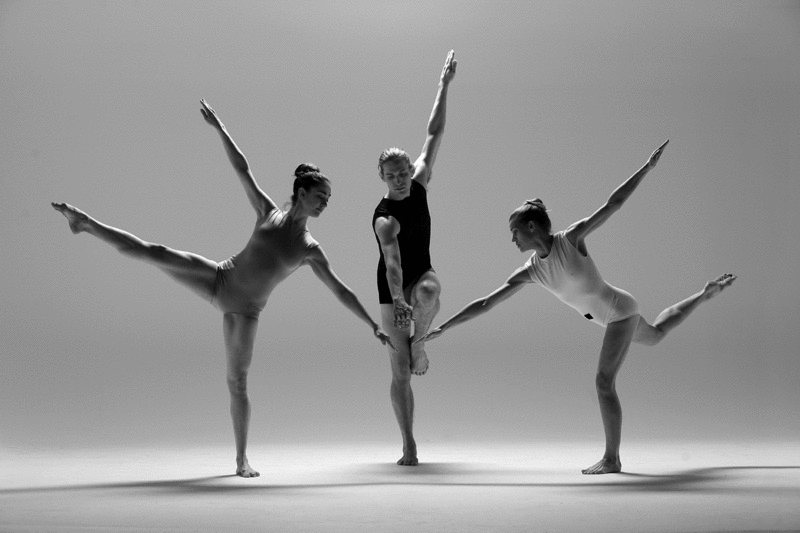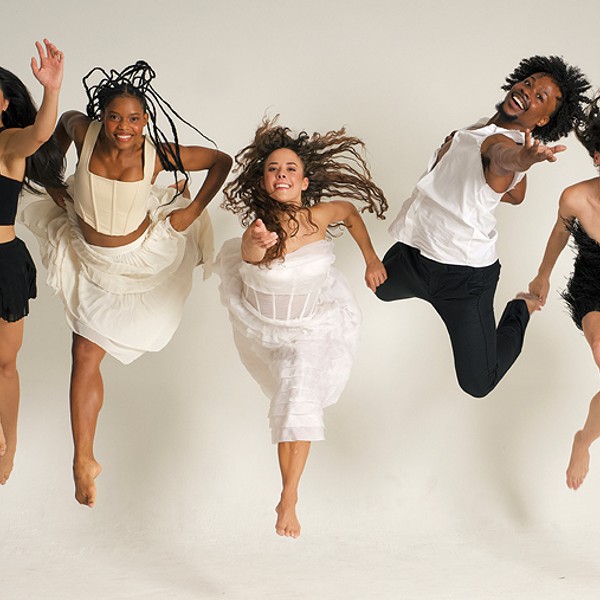
On the last weekend of this month, the Erick Hawkins Dance company will give its first performance honoring the centenary anniversary of Erick Hawkins. Born in Trinidad, Colorado, in April 1909, Hawkins studied and later taught at George Balanchine’s School of American Ballet. He also became the first male dancer to join Martha Graham’s troupe, before starting his own school and company in 1951 and founding what is now called the Erick Hawkins technique—though Hawkins himself, according to his performers and students, preferred to simply call his principles of movement “truths,” without laying claim to them. His method, which works toward centering the body, mind, and spirit, involves a collaborative, integrative, and reciprocal creative process. The company’s founding composer, Lucia Dlugoszewski, became Hawkins’s partner in art and life, choreographing and composing dances to be set to live music, which was often composed especially to suit each movement, sometimes with instruments crafted specifically for the music. The pair worked together for 42 years, with Dlugoszewksi assuming leadership of the company for several years after Hawkins’s death in 1994.
The company’s current artistic director, Kathryn Duke, began studying with Hawkins in 1983, eventually becoming principle dancer under his direction and assistant choreographer under Dugloszewksi. “It was [Hawkins’s] desire to give the audience the highest, most enlightening level of theatrical experience,” Duke explains, “and that can only happen when you have live music—not dancing to what he called ‘canned’ or ‘dead’ music, because only live, original music shines. When there is that level of interactivity between the musicians and the dancers, it has an immediacy that will resonate with the audience.” The intimate interplay between dance, music, and set are the result of relationships that have been built over time—an extra step seldom taken in today’s world of glittering, in-your-face immediacy. Duke suggests that there is another, and much more subtle and gratifying, way of cutting straight to the quick: Hawkins’s incorporative method centers on awareness and unification in performance. Tthe sense of time, [the] qualities of dynamics, energy, and sensation in the body while moving correctly give you an incredible consciousness," she says, "which I think comes through in the performances of the dancers.”
Nine years ago, shortly after Dlugoszewski’s death, Duke premiered Fountain in the Room in silence at the Center for Performing Arts at Rhinebeck. The piece, which is now accompanied by Dlugoszewksi’s own music (composed for the timbre piano, an instrument she invented) and choreography, will open the program this month as the company returns to the center. Cantilever, a work dedicated to architect Frederick Kiesler with set designing by sculptor Ralph Dorazio, will close the show. Versions of the dance for as many as 12 dancers exist, but the company will be performing the original 1963 four-person version, complete with the original set. Other works on the program will feature paintings by local artist Joanne Klein, bass trombone playing by virtuoso David Taylor, and footage of Erick Hawkins (projected on a screen between dances). The Erick Hawkins Dance Company will perform at the Rhinebeck Center for Performing Arts on January 31 at 8pm and February 1 at 3pm. (845) 876-3080; www.erickhawkinsdance.org.















